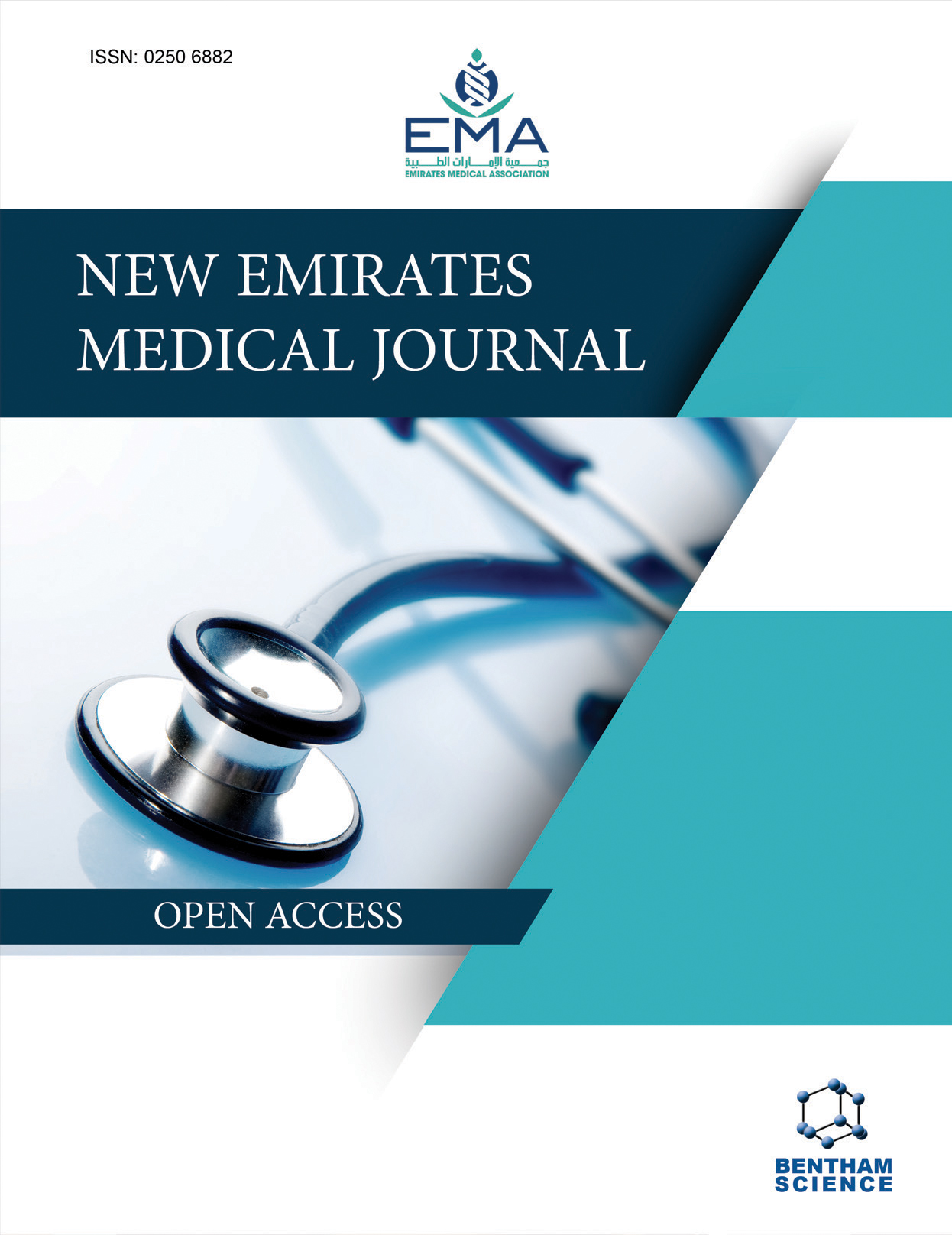-
oa Serum Biochemical Factors as Indicators of Osteoporosis: A Cross-Sectional Study
- Source: New Emirates Medical Journal, Volume 5, Issue 1, Jan 2024, e02506882303034
-
- 08 Jan 2024
- 04 Jun 2024
- 01 Jan 2024
Abstract
Osteoporosis is a bone condition that disrupts bone structure, reduces its strength, and increases the risk of fractures. While osteoporosis is commonly recognized as a disorder affecting the elderly, it can also develop in younger adults and be accompanied by other disorders. Screening individuals and diagnosing those at higher risk of osteoporosis early may significantly reduce the likelihood of complications and associated costs.
Serum biochemical factors are rather easily measured and accessible, making them valuable as predictive indicators for the prognosis and early diagnosis of osteoporosis. However, there is not enough evidence about possible relationships between these factors and osteoporosis in different bones.
In this descriptive cross-sectional study, we analyzed osteoporotic indices, including bone marrow density (BMD), T-score, Z-score, and standardized BMD, in a large population of individuals at risk of osteoporosis. We then investigated potential relationships between biochemical values and osteoporosis indices in the evaluated subjects. The collected data were analyzed using the Kruskal-Wallis test and Spearman correlation coefficient methods.
A total of 1104 patients were enrolled, with 87.7% being female and 12.3% male. The mean age of the patients was 56.48 ± 11.62 ( ± SE) years. Among them, 251 patients had normal bone density, while 556 patients had osteopenia, and 270 patients had osteoporosis. The Kruskal-Wallis analysis demonstrated that serum levels of Calcium (p=0.014), Phosphorus (p =0.002), and Vitamin D3 (p =0.045) were positively associated with the risk of osteoporosis, whereas serum albumin (p =0.005) and Alkaline phosphatase (p =0.002) levels were negatively associated. Additionally, the Spearman correlation coefficient showed a negative association between hemoglobin levels and BMD in both the spine (p =0.046) and femur (p =0.049).
Serum levels of biochemical factors may serve as primary predictive markers for the early diagnosis of individuals at higher risk of osteoporosis and bone fractures. In addition to factors involved in calcium homeostasis, serum levels of albumin and hemoglobin are also associated with BMD scores and the development of osteoporosis.


